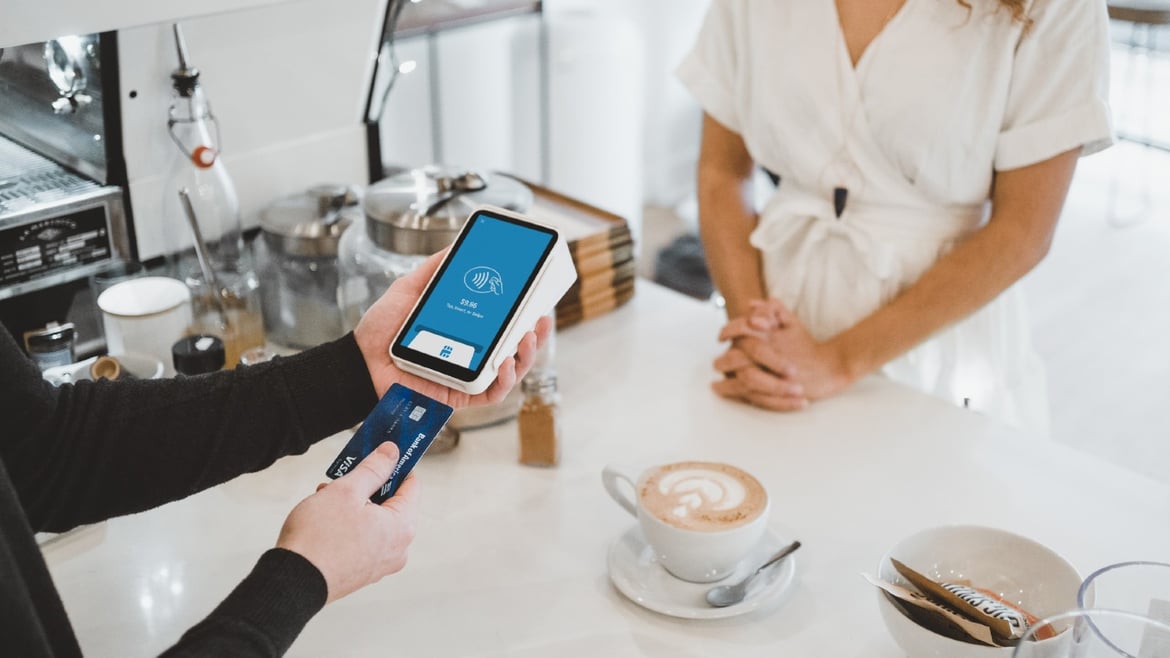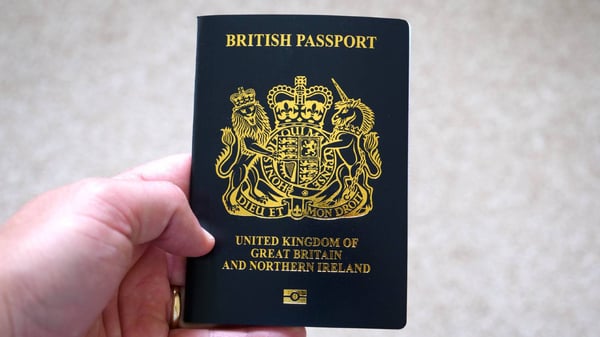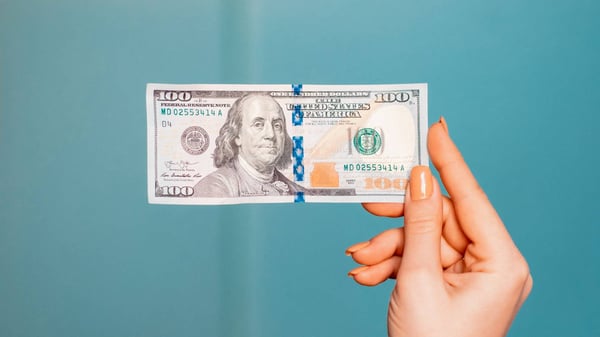One of the first things you have to do as an expat in Australia is open your Australian bank account, and it's here you may first run into the term "EFTPOSâ€. Or perhaps you've seen signs in the airport and petrol stations stating "Card Onlyâ€, with "eftpos'' listed alongside the familiar Visa, Mastercard and American Express logos. It's a term you're bound to run into as an expat in Australia or New Zealand, and this guide will give you everything you need to know about them - including the subtle difference between the uppercase and lowercase versions of the spelling.
Once you have your Australian bank account set up, it's worth noting that banks are rarely your cheapest option if you need to send money home or elsewhere overseas. If you need to send money abroad, purchase property overseas or pay your taxes back home, CurrencyFair is up to eight times cheaper than using a traditional bank. You can send money quickly and securely from Australia to over 150 countries, and get same-day transfers on most major currencies.
 EFTPOS meaning
EFTPOS meaning
Electronic Funds Transfer at Point of Sale (EFTPOS) is a debit and credit card authorisation and payment processing system, ​​that allows faster and safer digital money transfers at payment terminals. EFTPOS is the term for the technology that was devised in the United States in the 1980s.
In Australia, eftpos (lowercase) is the brand name of a specific system used for this type of payment for debit cards only. The privately-run Australian debit system, eftpos, has been widely used in Australia since the 1980s, however, the increasing popularity of international schemes like Visa and Mastercard has led to a decline in the use of eftpos cards over the last decade. Nevertheless, it's something you should be aware of as a new arrival in Australia or New Zealand.
Are eftpos cards the same as debit cards in Australia?
Eftpos cards are similar to debit cards, in that you can only spend money that is in the current account linked to the card, and cannot take out credit using them. However, eftpos cards are unique in a few ways:
-
They cannot be used outside of Australia.
-
They can only be used in card terminals.
-
They can be used to withdraw money when they're used to check out with a merchant (often called "cashback"in other countries).
-
The eftpos system is composed of seven banks and networks based in Australia, as opposed to internationally linked debit card systems.
How do I get an eftpos card in Australia?
Once you have set up your bank account, you can request a debit card from your bank. Almost all debit cards issued in Australia can process both eftpos payments and international schemes like Visa or Mastercard through a dual-network system.
How EFTPOS transfers work
When you're sitting in a beach-side cafe, finished up your avo smash and it's time to pay, you won't need to worry about what's happening behind the scenes as your transfer takes place.
But during an EFTPOS transaction, the acquirer (the middleman between the merchant and the bank that provides merchants with the ability to accept EFTPOS payments) will send a request to your bank to ensure you have the funds and there are no fraud issues to consider.
Once that's been taken care of, the funds are moved over to the acquiring bank and then on to the merchant bank account. In just a few seconds, a lot of communication takes place across various banks and institutions, using secure, encrypted data.
How eftpos transfers work
As stated above, the eftpos payment system relies on a network of seven banks and networks linked in Australia, primarily operated by the major Australian banks such a Commonwealth Bank, Westpac and National Australia Bank (NAB). At the point of sale in Australia, you are shown three options:
-
Cheque (CHQ)
-
Savings (SAV)
-
Credit (CR)
If you select Cheque (CHQ) or Savings (SAV) to pay, these will be processed through the eftpos system. Credit will run the transaction across the Visa or Mastercard network (depending on the card type).
It's worth noting that contactless payments are hugely popular in Australia - they have the highest use of "tap and go"payments in the world. Eftpos cards can be used for mobile payments through Apple Pay, Samsung Pay or Google Pay. However, eftpos Mobile is only available to cardholders from certain banks and financial institutions, and it has yet to adopt a non-mobile contactless method.
EFTPOS machines
An EFTPOS machine (also referred to as an EFTPOS terminal) is an electronic device that is used to assist in the transfer of funds from your bank account to the merchant (business) bank account. In other parts of the world, these are generally referred to as simply point-of-sale (POS) machines.
Merchants may use a fixed terminal that integrates with their point of sale systems or use a standalone mobile terminal - you'll see the latter in use in restaurants, food trucks or if you're unlucky enough to have to call out a plumber during your stay in Australia. Merchants that want to be able to accept eftpos transactions will need to work with an eftpos-approved merchant service provider such as:
- Australia and New Zealand Banking Group
- Commonwealth Bank of Australia
- National Australia Bank
- Westpac Banking Corporation
- Windcave
- Cuscal
- Fiserv/First Data Network Australia
- Tyro
Sending money abroad from Australia
Once you have set up your Australian bank account, you have everything you need to get started with CurrencyFair. CurrencyFair is ideal for expats who need to:
-
Send regular savings home.
-
Transfer the expenses related to relocation and setting up a new home abroad.
-
Make mortgage payments and other property expenses overseas.
-
Remit the sale of shares abroad.
Remember that you can save up to eight times what you would spend using a bank when you transfer money abroad with CurrencyFair, as opposed to conventional currency exchange services. You can also refer as many friends and family to CurrencyFair as you like, and when they qualify, you each get a cash bonus added to your CurrencyFair account. With the CurrencyFair Marketplace, you can even set your own rate and wait for it to get matched - meaning you can even beat the transfer rate you see online.
This information is correct as of 10 February 2022. This information is not to be relied on in making a decision with regard to an investment. We strongly recommend that you obtain independent financial advice before making any form of investment or significant financial transaction. This article is purely for general information purposes. Photo by Clay Banks on Unsplash.












